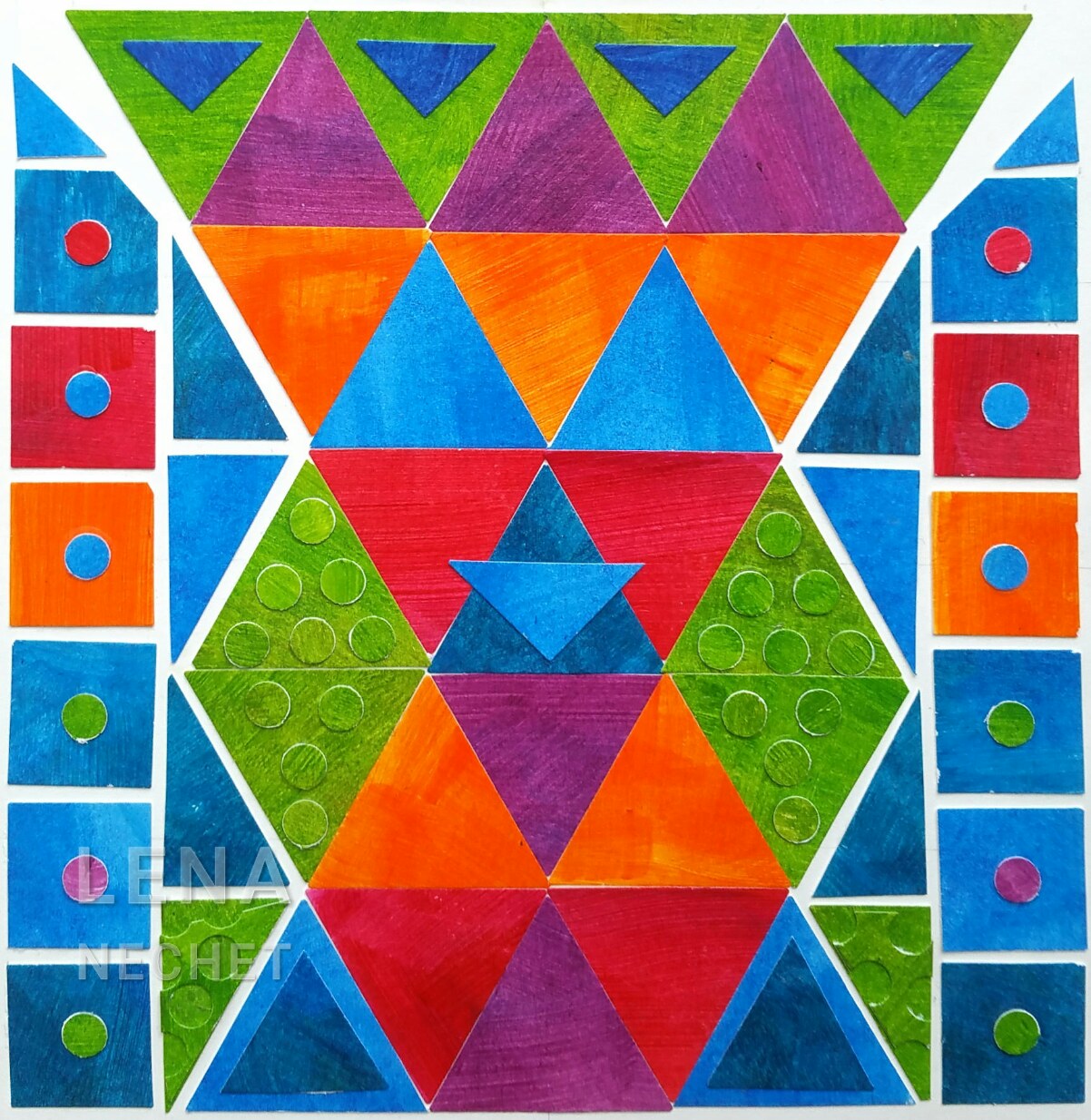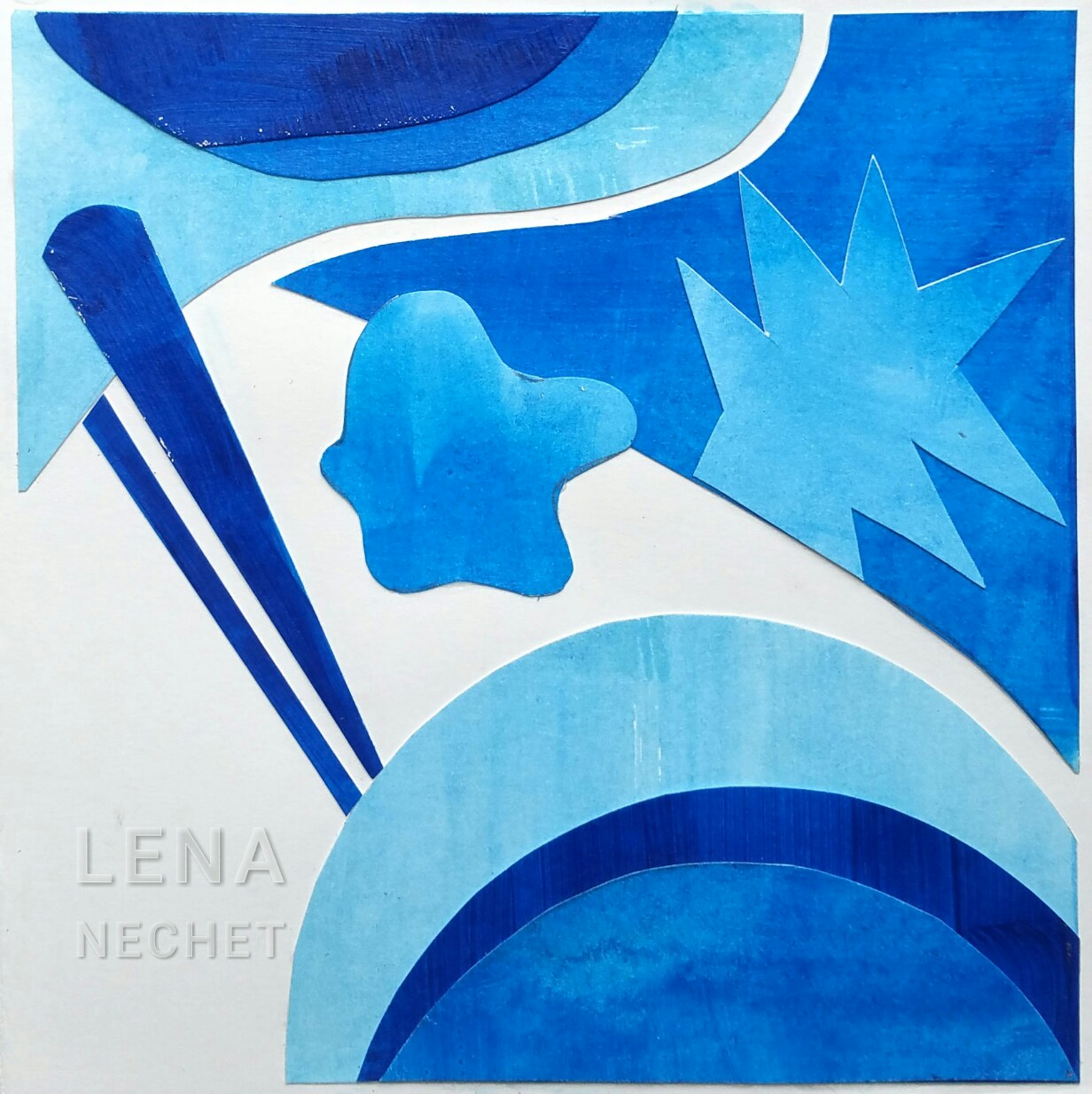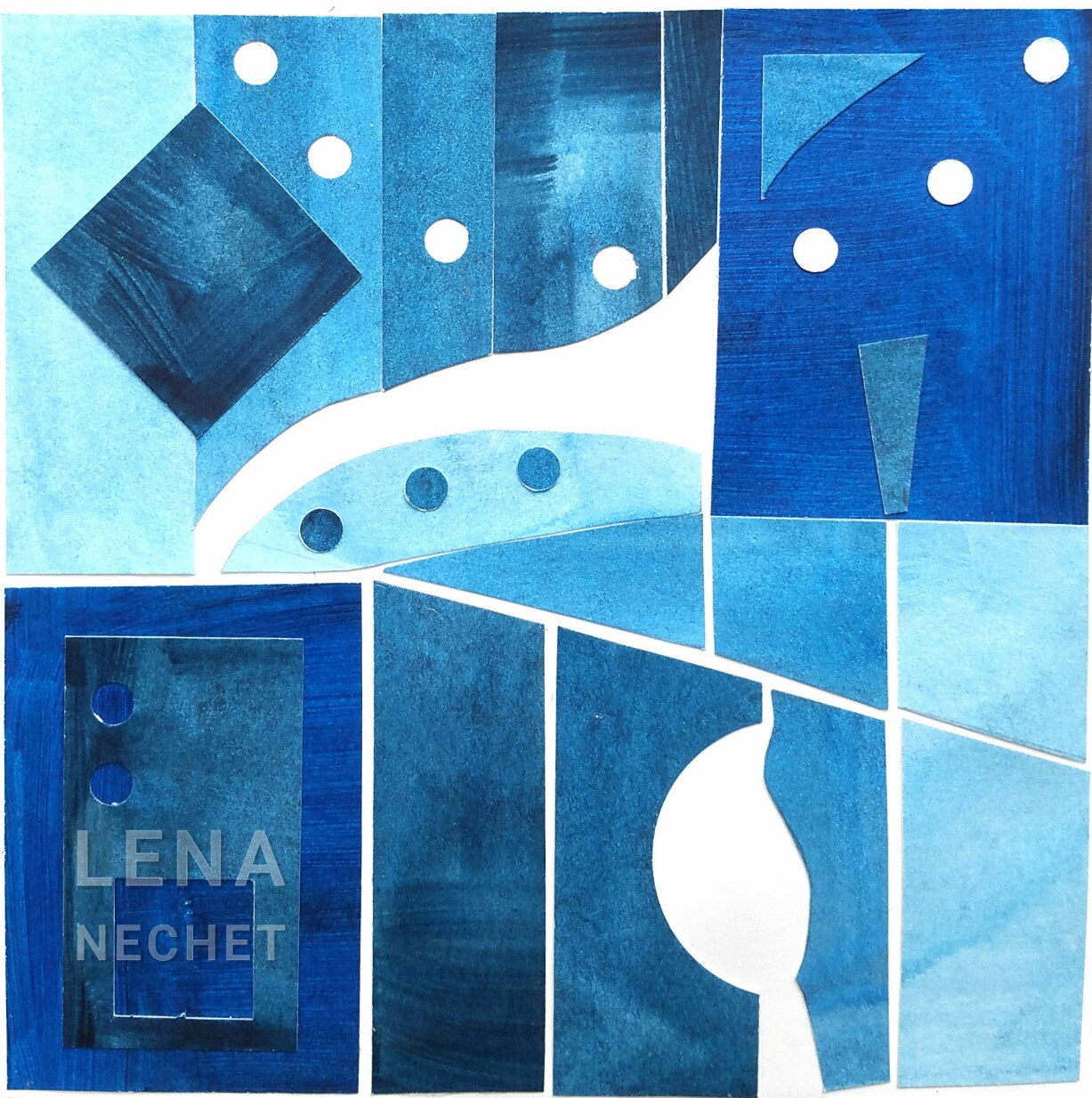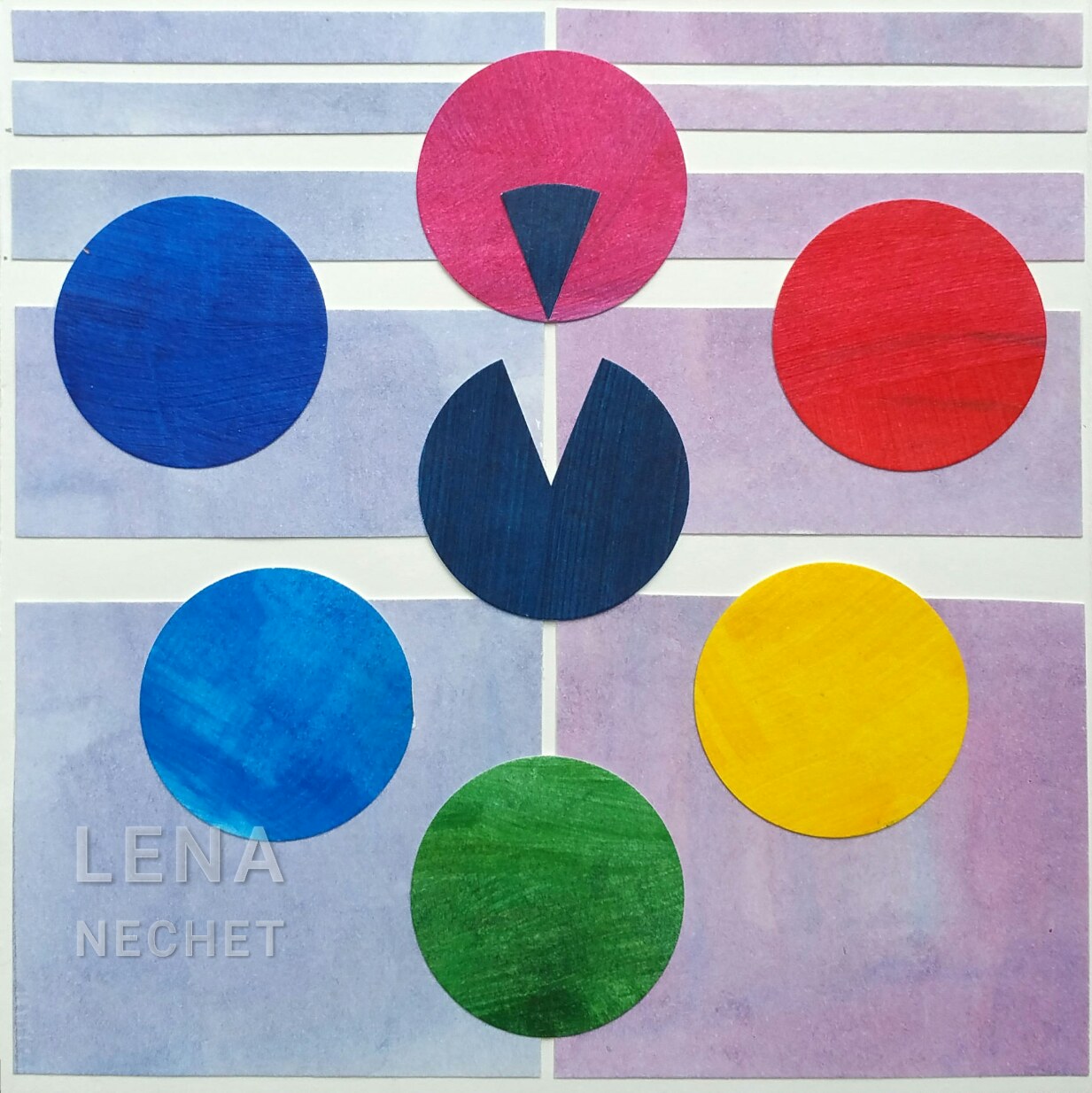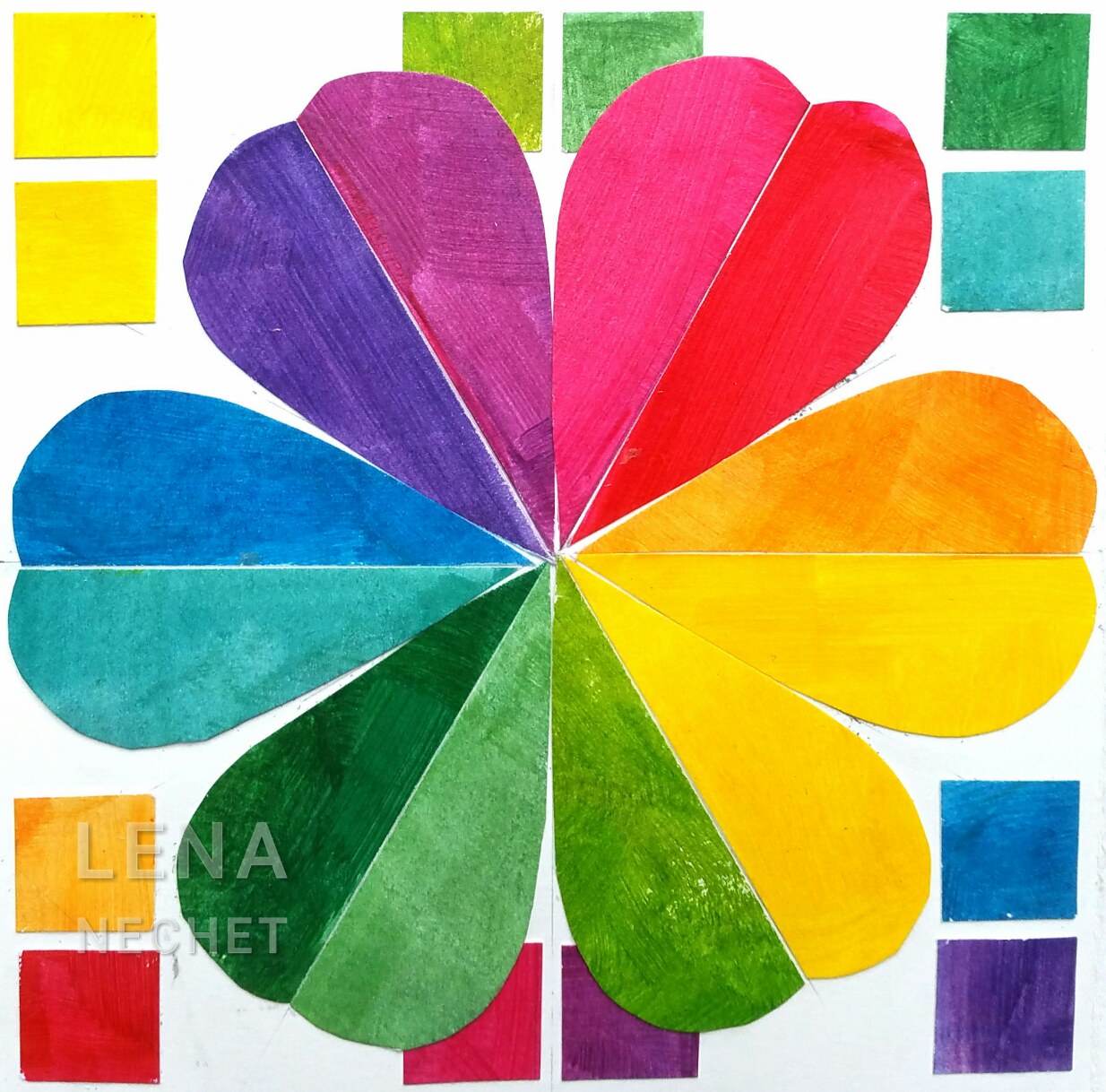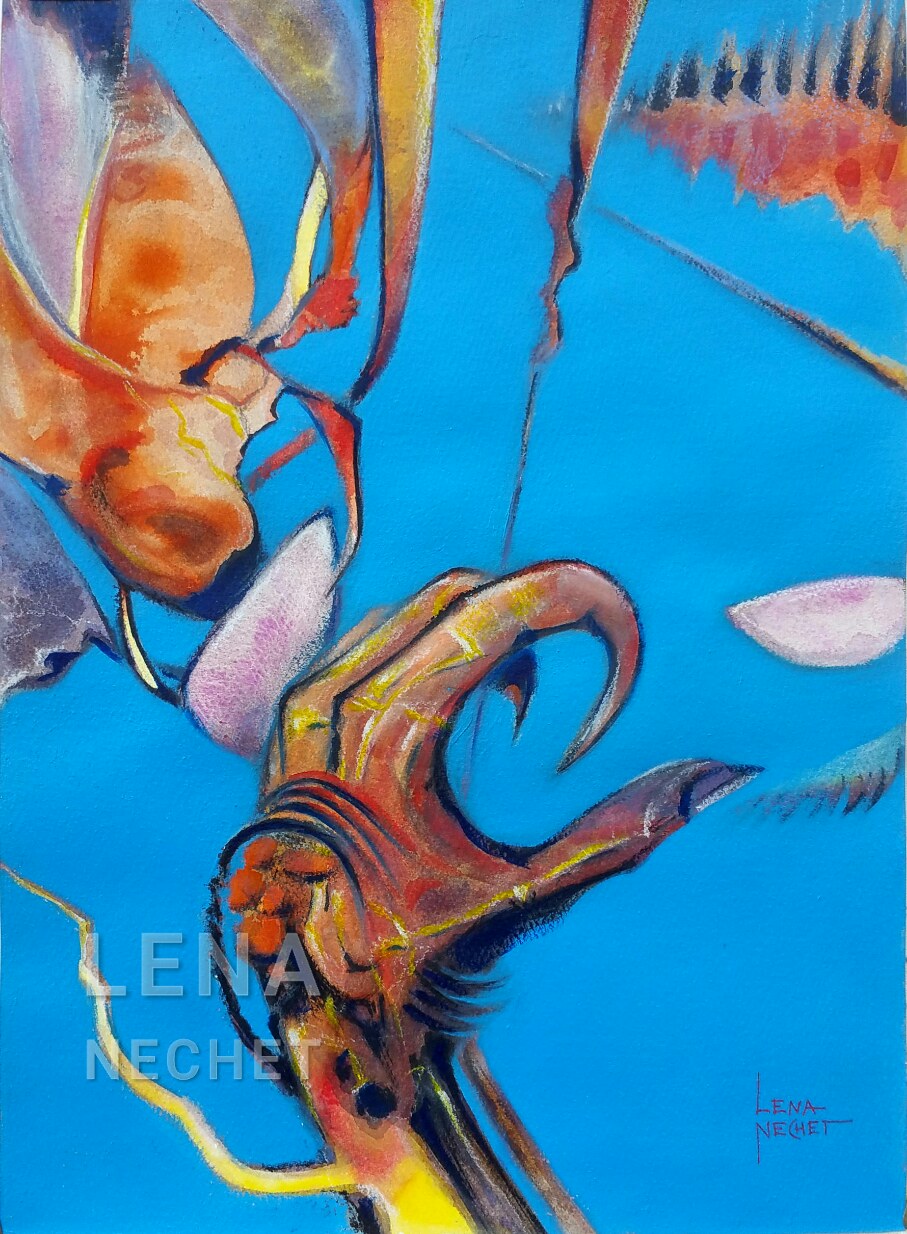Acrylic
Acrylics
Acrylic Paints
Professional acrylic paints I use are made of the same artist quality pigments, but suspended in acrylic polymer emulsion. Fresh acrylic paints are water-soluble, but become water-resistant after fast drying.
I use acrylics in form of:
- single pigment acrylic paints from the leading manufacturers like Golden or Liquitex, in heavy body for impasto, or in fluid form, often as transparent inks.
- as gesso, which I often make from an industrial grade polymer, marble dust, and pigments - to prime canvases and to introduce textures.
- and with 100% acrylic polymer mediums of various viscosity, opacity, and drying properties.
Results of the acrylic techniques can look just like watercolor, gouache or oils (the all share almost the same range of pigments), or have its own unique characteristics, unattainable in other media.
I use only artist-rade acrylics, which are designed to resist chemical reactions from exposure to water, ultraviolet light, and oxygen. Professional-grade acrylics have the highest concentration of pigment, highest lightfastness and permanence, and can be selected in defined single pigments, which allows to maintain the color clarity in layers and subsequent mixes.
Comparing Acrylics to Oils
I switched from oils to acrylics in early 2000s.
Unlike most oils, acrylics
- are used without toxic hydrocarbon solvents,
- do not yellow,
- elastic, do not crack, do not become brittle over time,
- are more flexible and maintain flexibility,
- can hold other materials,
- do not require months of curing before varnishing,
- do not damage canvases.
Working with Acrylic Paints
The major difficulties in working with acrylics in my experience are:
- the mediums are not fully transparent while wet,
- the glazes and even impasto dry quickly,
- not rewettable, unlike watercolor,
- the pigments rarely granulate.
History and Other Uses of Acrylics
Acrylic resin was invented by Otto Röhm. In 1934, the first usable acrylic resin dispersion was developed by German chemical company BASF and patented by Rohm and Haas. Artists' acrylics were first used in the 1940s and made commercially available by Liquitex in the early 1950s.
BTW, the best exterior water-based paints are 100% acrylic, unlike interior, or internal, latex paints, which also contain vinyl, pva, and fillers. The main difference to artist acrlics, however, is in pigment quality.




